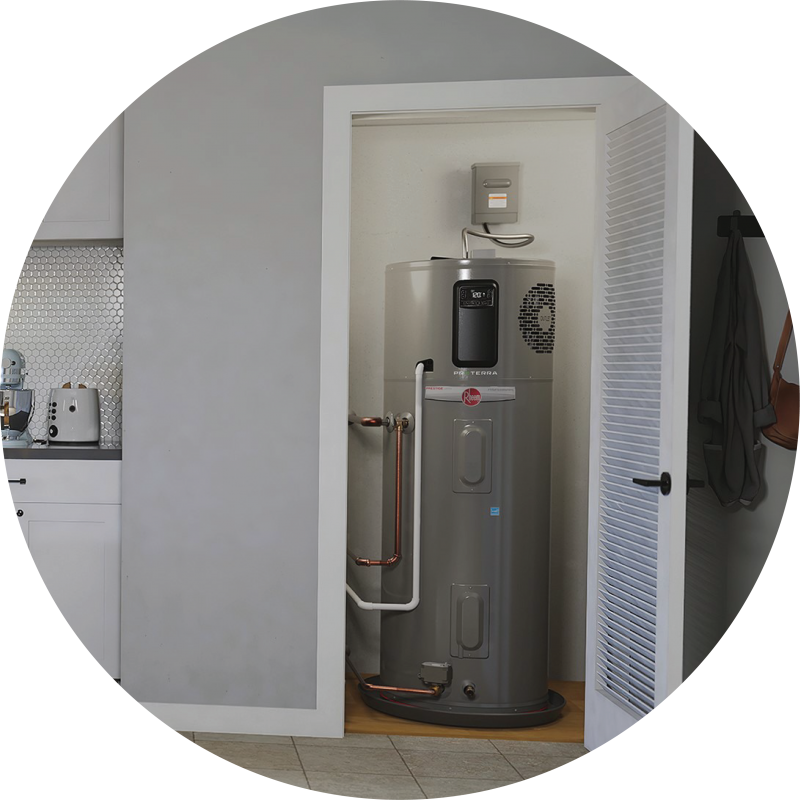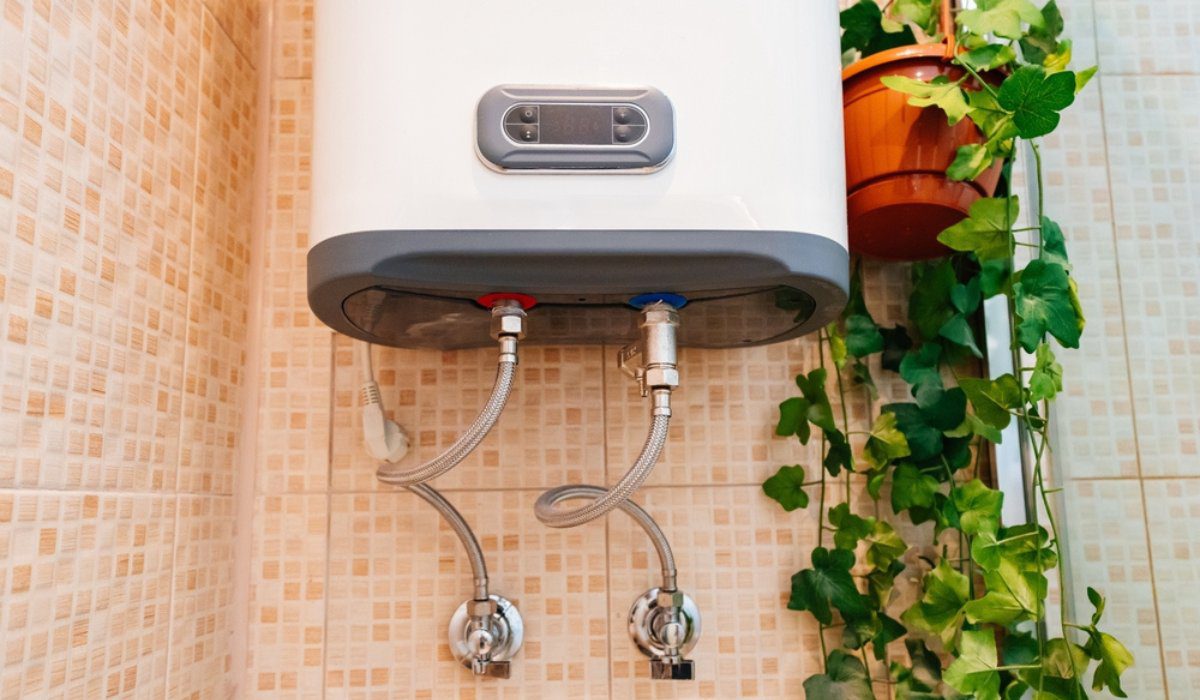Maintaining Your Home's Hot Water System: Key GuidelinesEnsuring Longevity of Your Home's Hot Water System: Maintenance Advice
Maintaining Your Home's Hot Water System: Key GuidelinesEnsuring Longevity of Your Home's Hot Water System: Maintenance Advice
Blog Article
Have you been on the lookout for ideas involving Tips on Maintaining a Water Heater?

Warm water is vital for daily comfort, whether it's for a refreshing shower or cleaning recipes. To guarantee your warm water system runs effectively and lasts longer, normal maintenance is crucial. This article supplies useful tips and understandings on just how to preserve your home's warm water system to stay clear of disturbances and expensive repair work.
Intro
Preserving your home's hot water system could appear complicated, but with a couple of easy actions, you can ensure it operates efficiently for years to find. This overview covers whatever from understanding your warm water system to do it yourself maintenance pointers and recognizing when to hire specialist assistance.
Relevance of Preserving Your Warm Water System
Regular upkeep not only prolongs the lifespan of your warm water system yet likewise guarantees it runs efficiently. Ignoring upkeep can lead to reduced effectiveness, greater power bills, and even premature failing of the system.
Indicators Your Warm Water System Demands Upkeep
Recognizing when your warm water system needs attention can avoid significant concerns. Keep an eye out for signs such as inconsistent water temperature, unusual sounds from the heating system, or corroded water.
Purging the Hot Water Heater
Flushing your water heater removes sediment buildup, improving efficiency and prolonging its life.
Checking and Replacing Anode Rods
Anode rods avoid rust inside the storage tank. Checking and replacing them when worn out is essential.
Complex Issues Requiring Professional Help
Examples consist of significant leakages, electric troubles, or if your hot water heater is continually underperforming.
Regular Specialist Upkeep Perks
Expert maintenance can include extensive assessments, tune-ups, and making sure compliance with security standards.
Inspecting and Changing Temperature Settings
Adjusting the temperature level setups makes sure ideal performance and safety.
DIY Tips for Upkeep
You can do a number of maintenance tasks on your own to keep your hot water system in leading problem.
Looking for Leaks
Routinely inspect pipelines and links for leaks, as these can lead to water damages and greater expenses.
Understanding Your Warm Water System
Prior to diving right into upkeep tasks, it's practical to recognize the basic elements of your hot water system. Commonly, this consists of the hot water heater itself, pipelines, anode rods, and temperature controls.
Monthly Maintenance Tasks
Normal month-to-month checks can help capture small issues before they intensify.
Examining Stress Relief Valves
Evaluating the stress relief valve ensures it operates correctly and prevents too much pressure buildup.
Insulating Pipelines
Insulating hot water pipelines lowers warmth loss and can conserve power.
When to Call a Specialist
While DIY maintenance is useful, some problems require expert expertise.
Final thought
Regular maintenance of your home's warm water system is necessary for performance, durability, and expense financial savings. By following these ideas and recognizing when to look for professional aid, you can make certain a reliable supply of hot water without unexpected disruptions.
How to Maintain an Instant Hot Water Heater
Before tinkering with your hot water heater, make sure that it’s not powered on. You also have to turn off the main circuit breaker and shut off the main gas line to prevent accidents. Also turn off the water valves connected to your unit to prevent water from flowing into and out of the appliance. 2. When you’re done, you have to detach the purge valves’ caps. These look like the letter “T” and are situated on either side of the water valves. Doing so will release any pressure that has accumulated inside the valves while at the same time avoid hot water from shooting out and burning your skin. 3. When the purge valves’ caps are removed, you have to connect your hosing lines to the valves. Your unit should have come with three hoses but if it didn’t, you can purchase these things from any hardware or home repair shops. You can also get them from retail stores that sell water heating systems. Read the user’s manual and follow it to complete this task properly. When the hosing lines are connected, open the purge port’s valves. 4. You should never use harsh chemical cleaners or solutions when cleaning your unit. Make use of white vinegar instead. It should be undiluted and you’ll probably use about 2 gallons. 5. Now flush your water heater. This task should probably take about 40 minutes. We can’t give you specific directions for this because the procedure is carried out depending on the type, model and brand of your heater. With that being said, refer to the user’s manual. 6. When you’re done draining the unit, you have to turn off the purge port valves again. Remove the hosing lines that you earlier installed on each of the water valves. Put the valve caps (purge port) back in their respective places and be very careful so as not to damage the rubber discs that are found inside these caps. 7. Now that everything’s back in place, check your user’s manual again to find out how to reactivate your water heating system. 8. Once it is working, turn one of your hot water faucets on just to let air pass through the heater’s water supply pipes. Leave the tap on until water flows smoothly out of it. https://www.orrplumbing.com/blog/2014/september/how-to-maintain-an-instant-hot-water-heater/

We were introduced to that article about Tips For Maintaining Your Hot Water Heater through someone on our other website. Liked our review? Please quickly share it. Help other people discover it. Thank you for being here. Revisit us soon.
Click For More Information Report this page